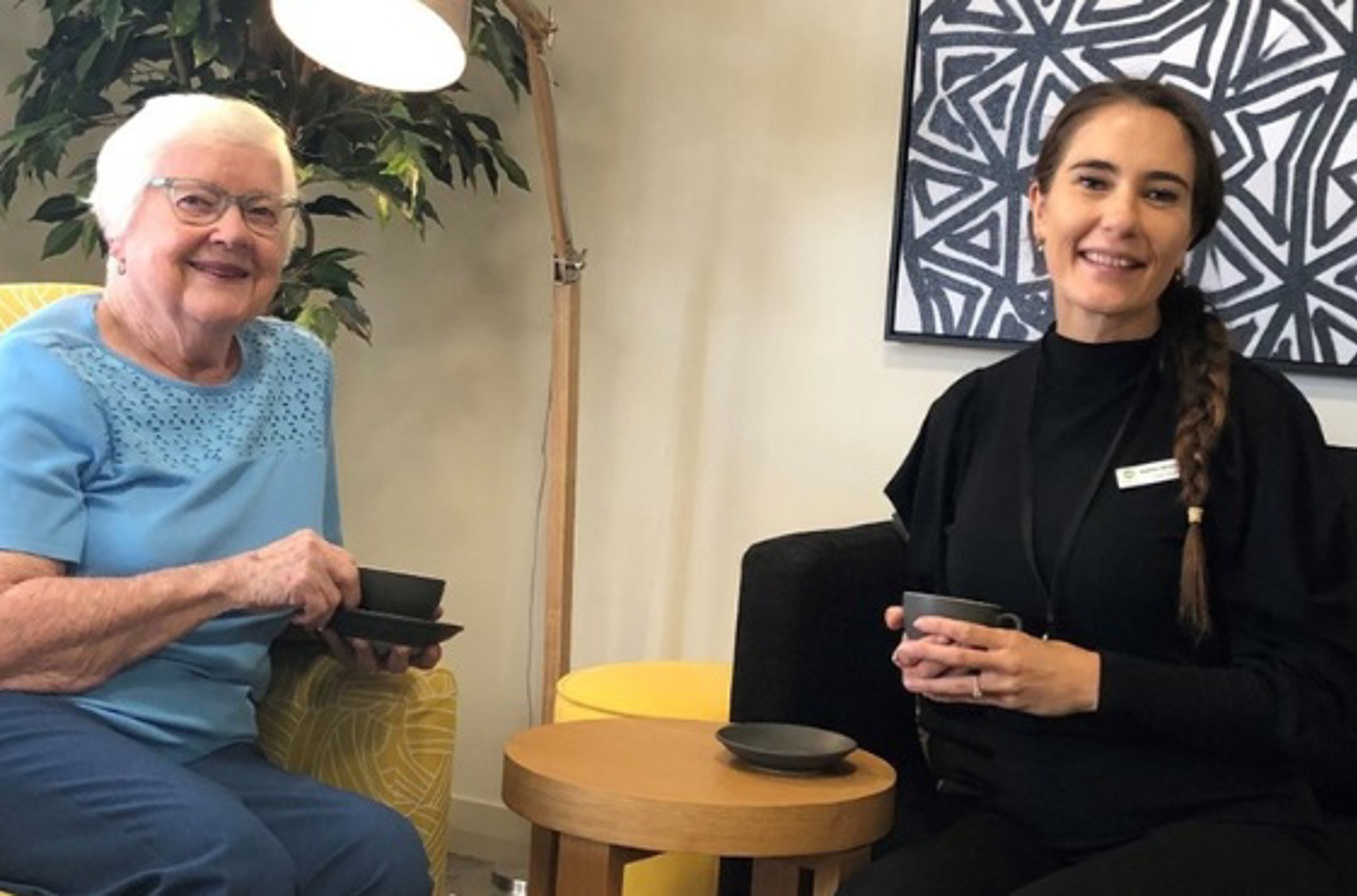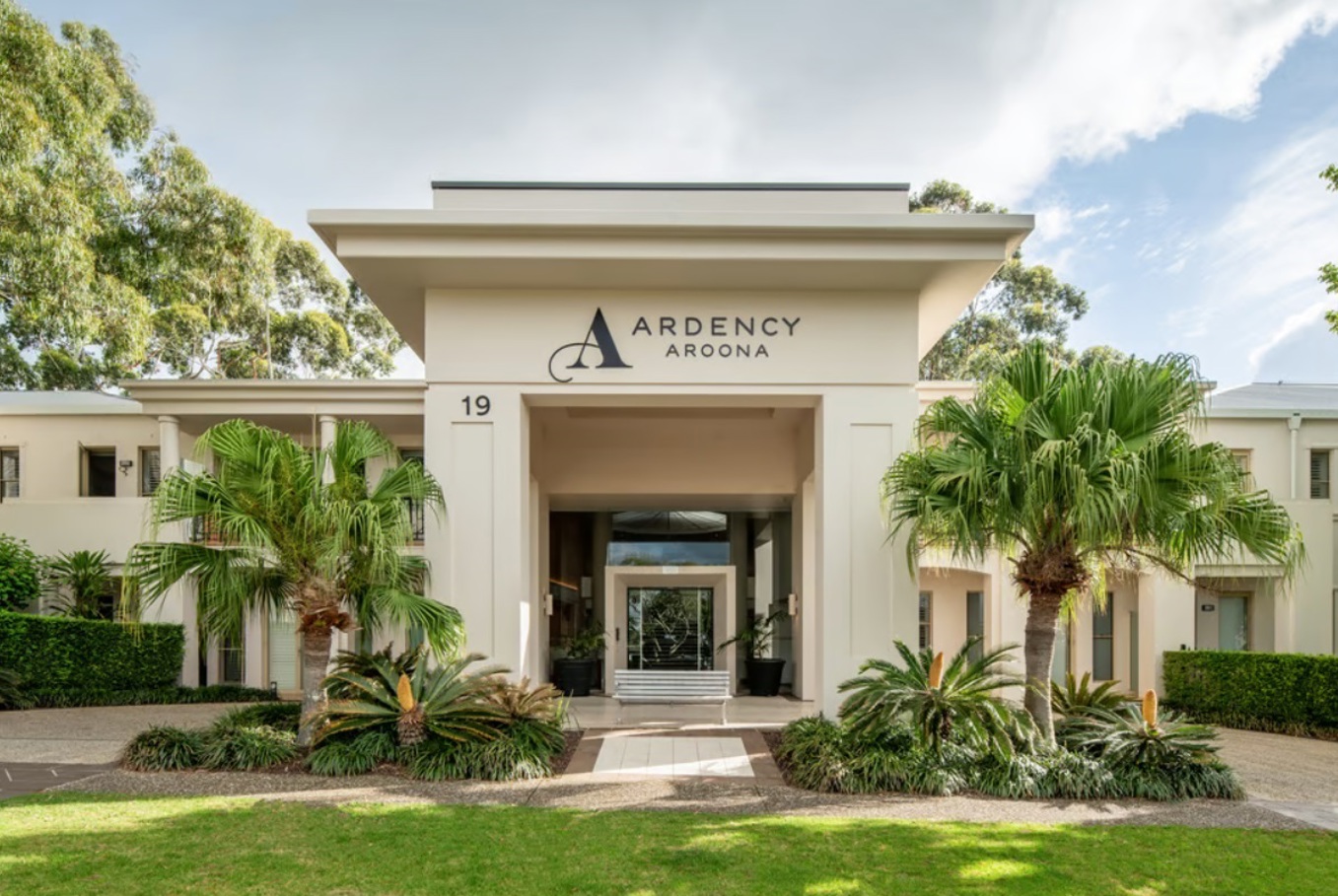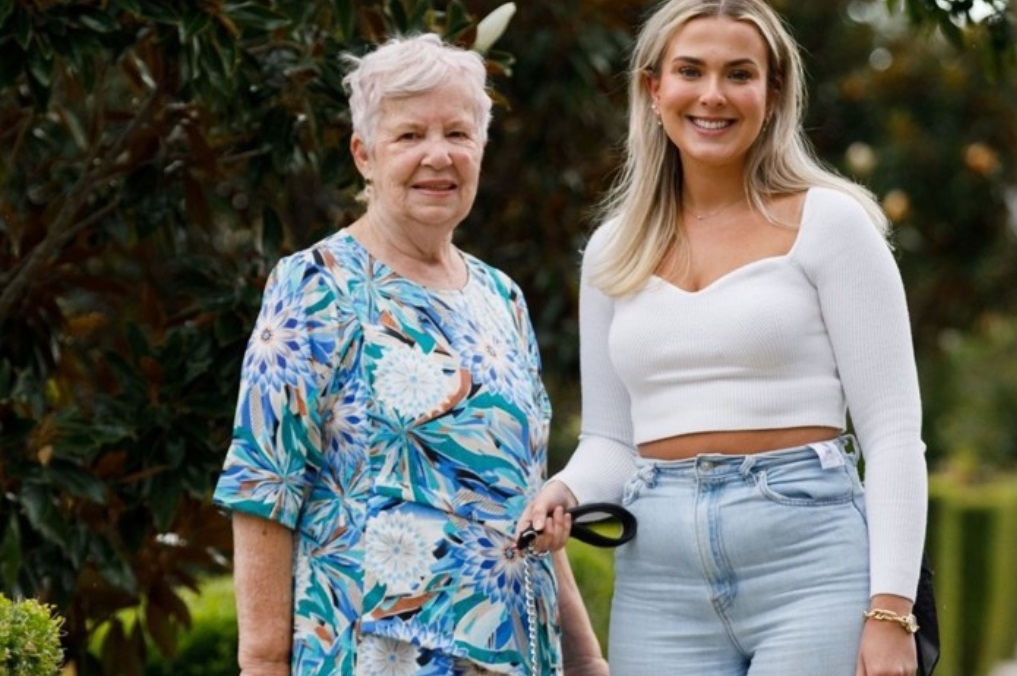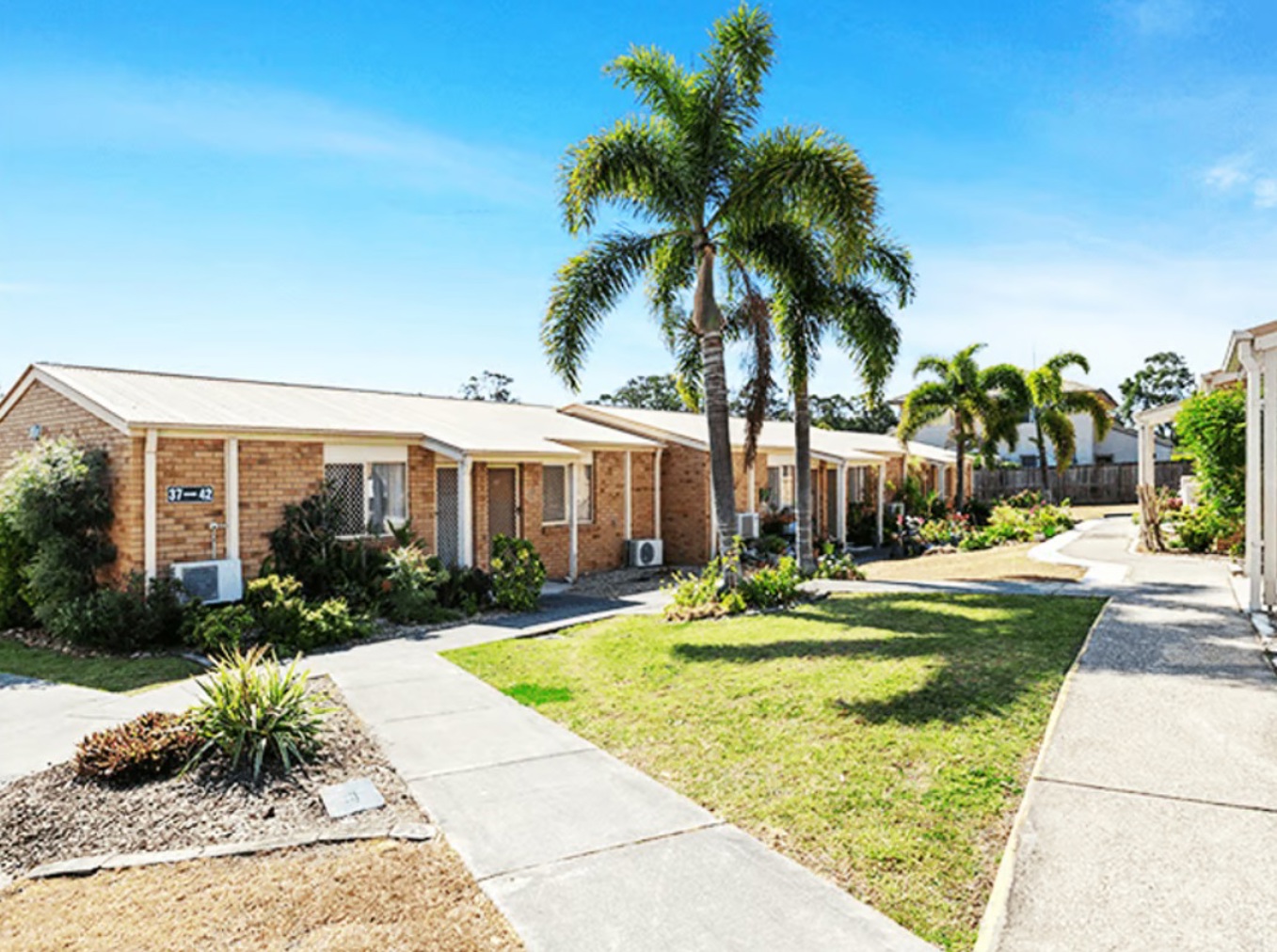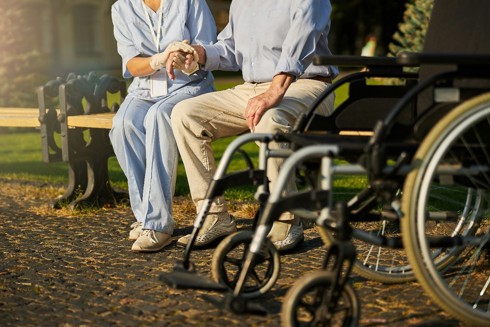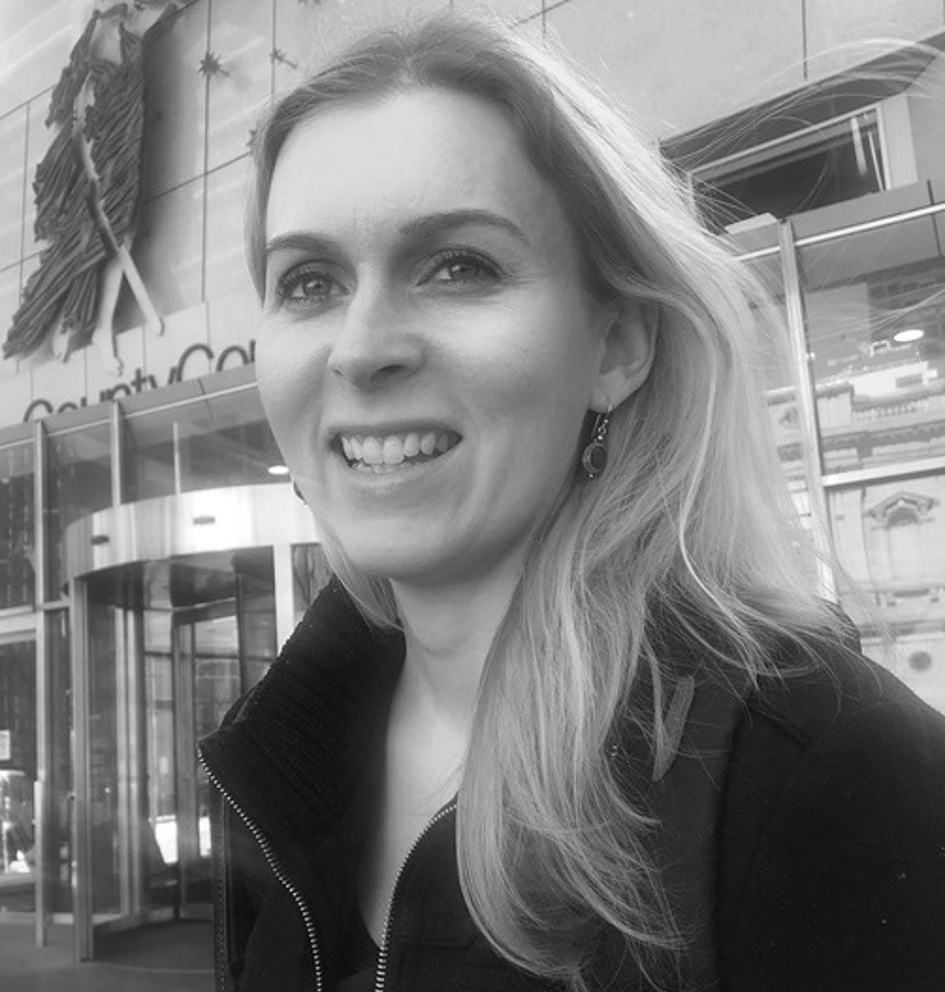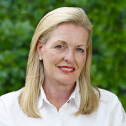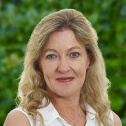More families now opting to pay a daily fee for aged care
25/03/2024
The average maximum Refundable Accommodation Deposit (RAD) – the main fee you pay for an aged care bed – is now $411,000, up from $355,000 in July 2014 when the prices first began to be published, according to the latest report from the Aged Care Financing Authority (ACFA).
But the average Daily Accommodation Payment (DAP) – the equivalent daily fee – has actually dropped from $65.06 to $64.97 because the Maximum Permissible Interest Rate (MPIR) has also declined.
No shock then that for the first time, more people are paying DAPS than RADS to pay for care – 40 per cent in 2016-17 compared to 35 per cent in 2015-16 and 33 per cent the previous year.
There are other factors at play too.
Weighing up the costs
We know from our agedcare101 forum that families often have to place a loved one into aged care quickly and may not be prepared to pay a RAD upfront – given the choice between a lump sum of $600,000 or a daily fee of $200, most choose to pay the fee.
RADs in the capital cities are also more expensive, ranging from around $500,000 to well over $1 million.
The softening housing market also means that more of us are holding off on selling the family home.
However, RADS are 100 per cent backed by the Government and are fully refunded after you leave aged care – unlike the DAP which is not repaid.
It’s important to remember too that you can now pay a combination of a RAD and DAP.
The best way to prepare yourself for paying for aged care is to educate yourself on the costs – well before you need to. An aged care financial adviser can help if you do have questions.
You can also calculate your potential aged care fees on agedcare101.
https://www.agedcare101.com.au/contributors/annie-donaldson
https://www.agedcare101.com.au/contributors/jill-donaldson-care

